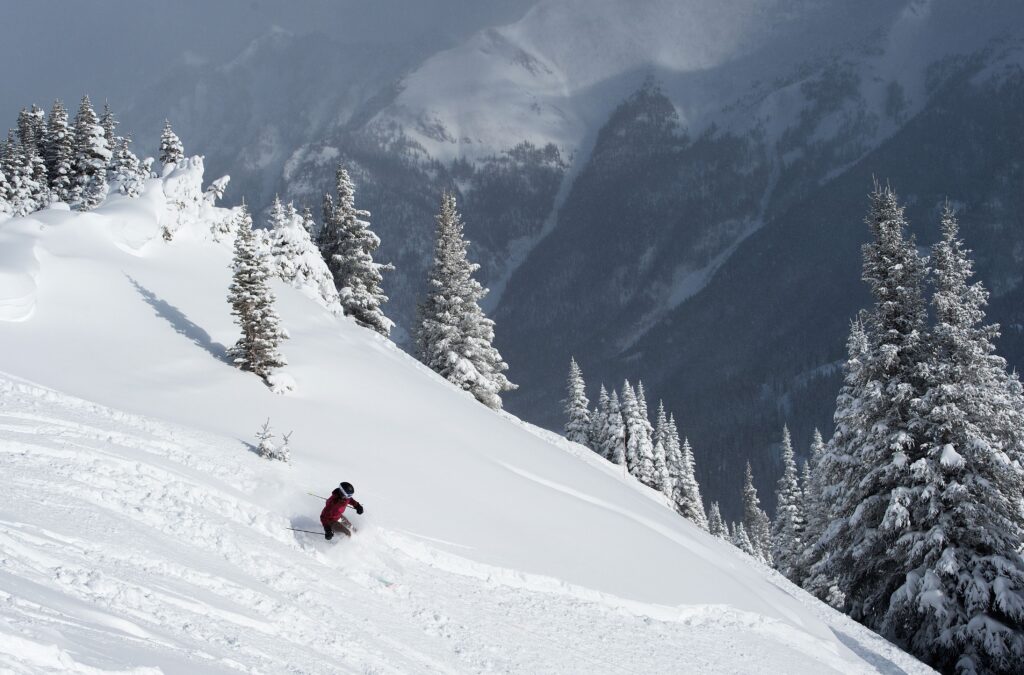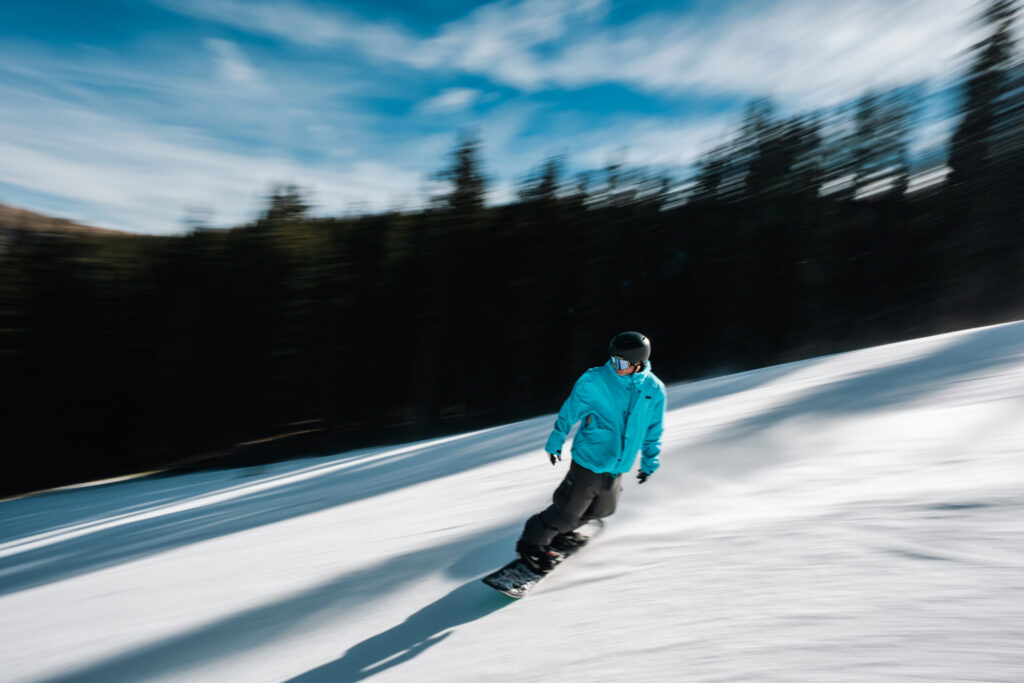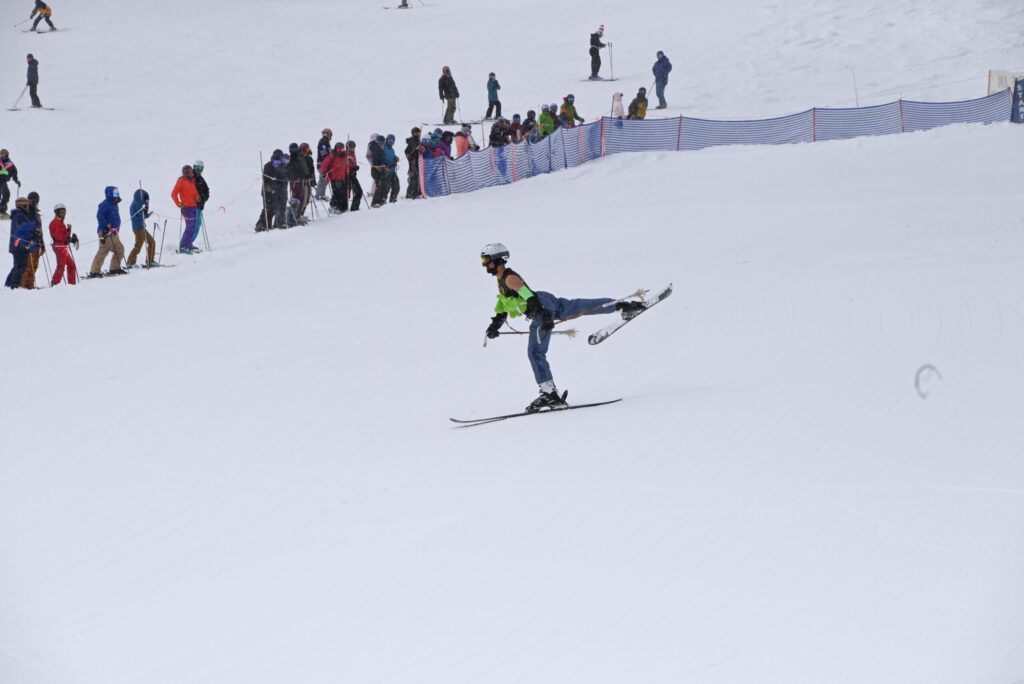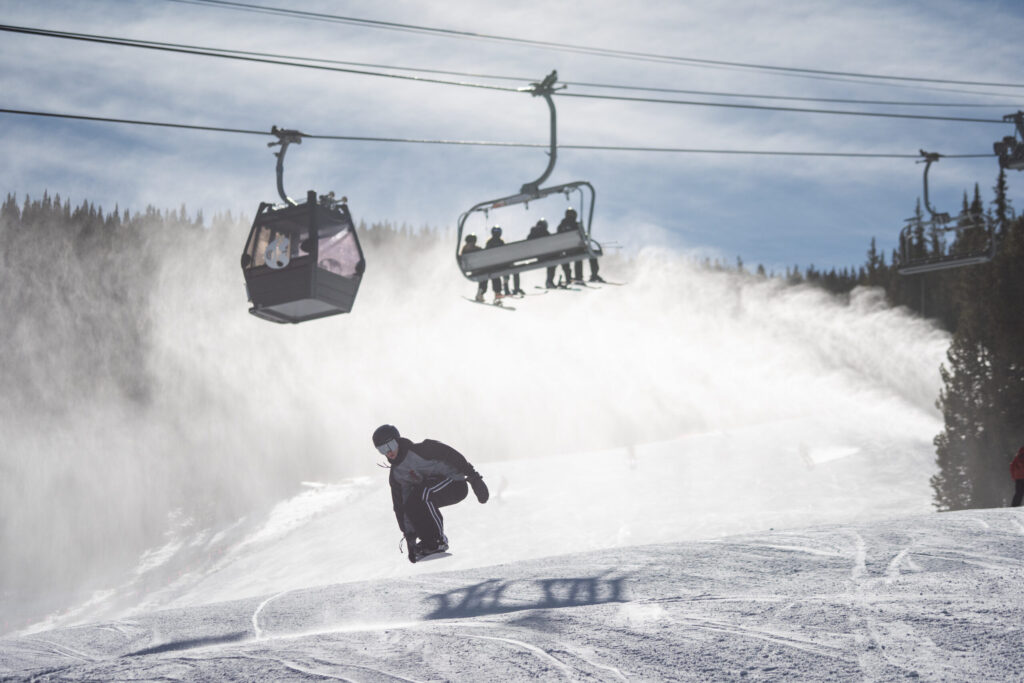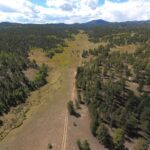Another ‘milestone’ for new trail being built on Colorado 14er
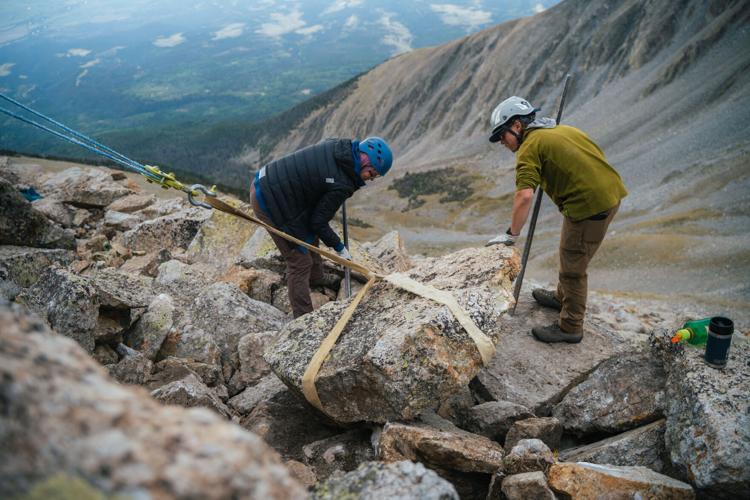
Photo by Brooks Upham, Colorado Fourteeners Initiative
The nonprofit builder of a new trail on a 14,000-foot mountain in Colorado is celebrating a “significant milestone” of a multi-year effort.
That was the word from Colorado Fourteeners Initiative in a social media post announcing the opening of a second “bypass” on the lower slopes of Mount Shavano in Chaffee County.
The first bypass opened at the end of last summer — the first section of the re-route replacing trail considered erosive and damaging to the environment and also hazardous to hikers.
The trail getting replaced “is this steep, gut-busting, uphill trudge over loose, baseball-sized rocks that are great for twisting people’s ankles,” CFI Executive Director Lloyd Athearn said at the time of that first “milestone” portion.
With the second portion finished, “the crew is shifting focus to the third bypass, which will reconnect with the existing trail near the start of the Angel of Shavano route,” the social media post read.
The job launched in 2021 with an expectation to last several years and cost upwards of $2 million. Athearn has called it “the most massive project that CFI has ever undertaken.”
While one crew continues to build a new lower trail, another crew has been busy building a new section above treeline leading to the summit. The lower and upper segments will tie into the existing trail running in between. Crews will then go about closing and restoring nature to the replaced corridors.
Earlier this month, CFI reported “excellent progress” on the upper reroute while putting out a notice to hikers:
“Please continue to use the current trail alignment until the reroute is complete. The new trail is a dead-end and does not connect with the old trail. Straying off the established route can cause significant damage to the fragile alpine vegetation and disturb the nesting ptarmigans in the area.”







